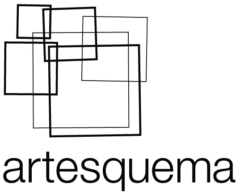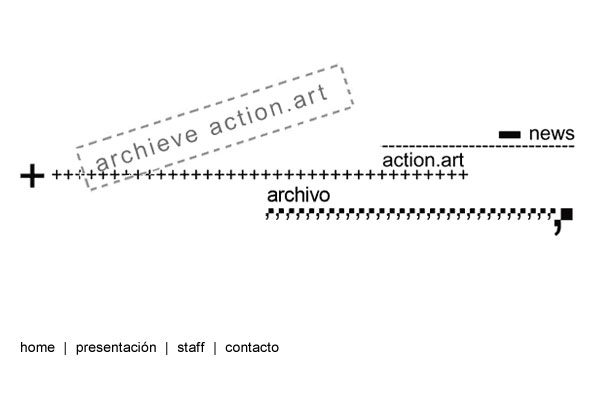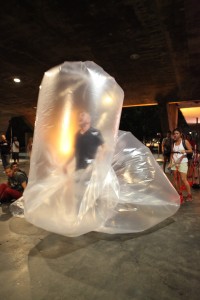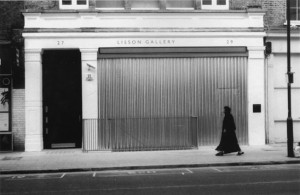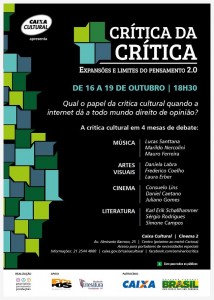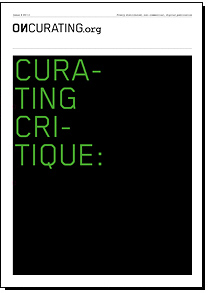Hurt Now, Feel Later: Noise, Body and Capital in the Japanese Bubble
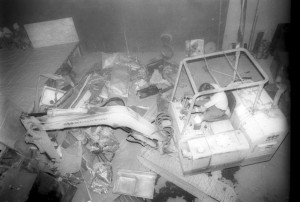
Matthew Mullane
“The short-lived bubble economy at the end of the 1980s was a period of collective hysteria, a crazy time of frothy fortunes, pie-in-the-sky projects, and lavish living that suddenly evaporated. The impact of the crash of the stock market and land prices has had profound consequences, hammering banks, businesses, investors, borrowers, customers, and employees.â€[1]
-Jeff Kingston on Japan’s “lost decade.â€
“I cut my leg with a circular saw (…) I knew I had cut myself, but I didn’t feel any pain (…) It was some kind of extreme emotional state.â€[2]
-Yamatsuka Eye describing Hanatarash’s second live performance in Osaka, 1984.
Echoing the “boom†of the Japanese economy in the 1980s was an explosive feedback caterwaul shot from underneath the country’s ballooning stock markets. A potent mixture of ecstatic improvisation, raw performance and psychedelic sound mangling, “noizu†(noise music) manifested as a violent and transgressive practice juxtaposed against Japan’s sleek hypermodern expansion. Acts such as Hanatarash and Hijokaidan emerged from the underground eager to destroy not only their ears but their bodies in each performance. Enticed by rumors of blood and auto-destruction, audiences grew in number and in determination to be assaulted by sound. They entered concert venues as war-zones: chainsaws, backhoes, shattered glass and industrial tools were accompaniment to blown-out guitar fuzz and distorted human shrieks. Artist profiles and mythologized tales of performances were disseminated in zines while cassette tapes documenting live recordings and bedroom studio experiments were bartered across oceans. These artifacts were quickly consumed by like-minded listeners in America, Europe and elsewhere, prompting the moniker “Japanoise.â€
Continua…
http://www.artandeducation.net/paper/hurt-now-feel-later-noise-body-and-capital-in-the-japanese-bubble/
